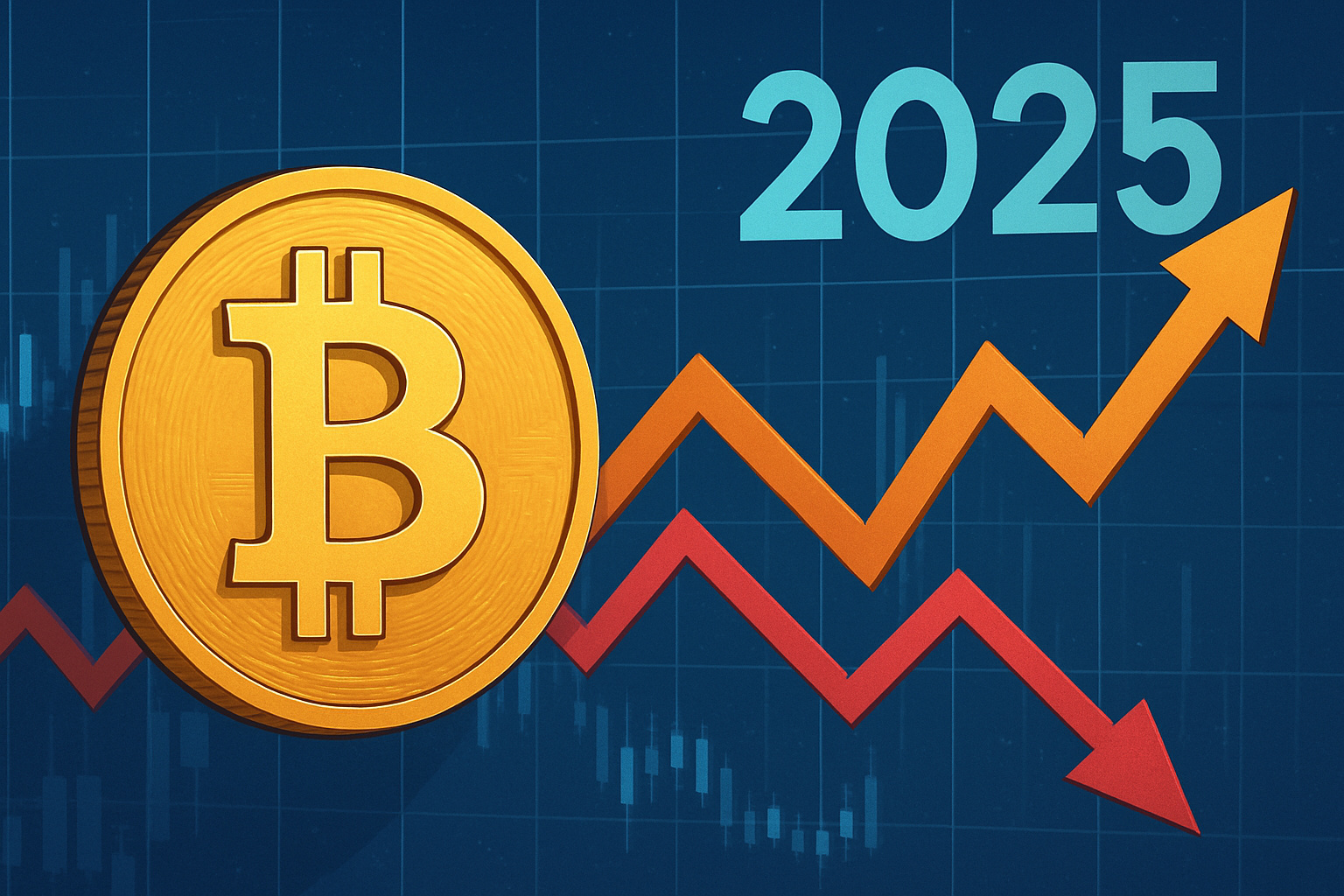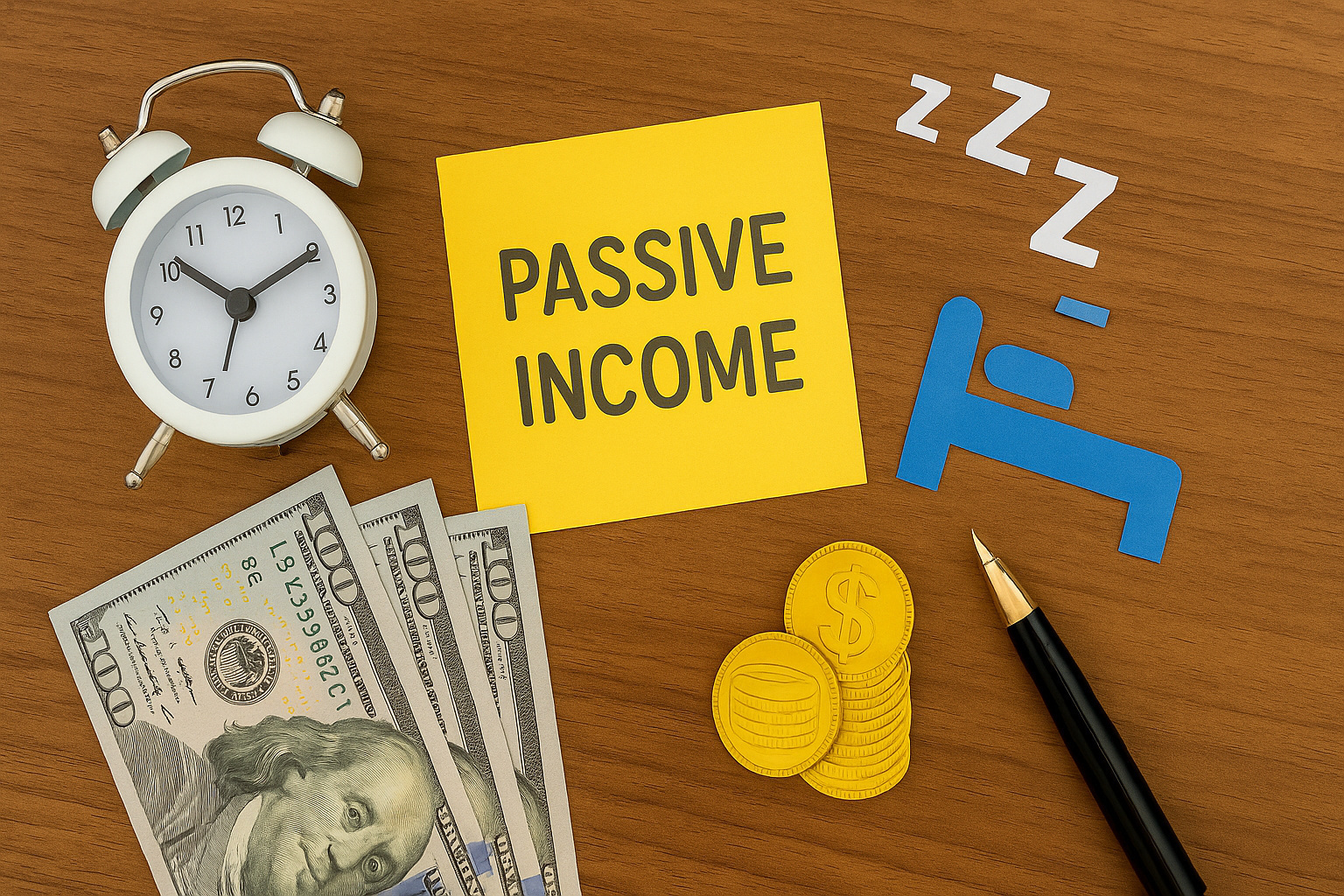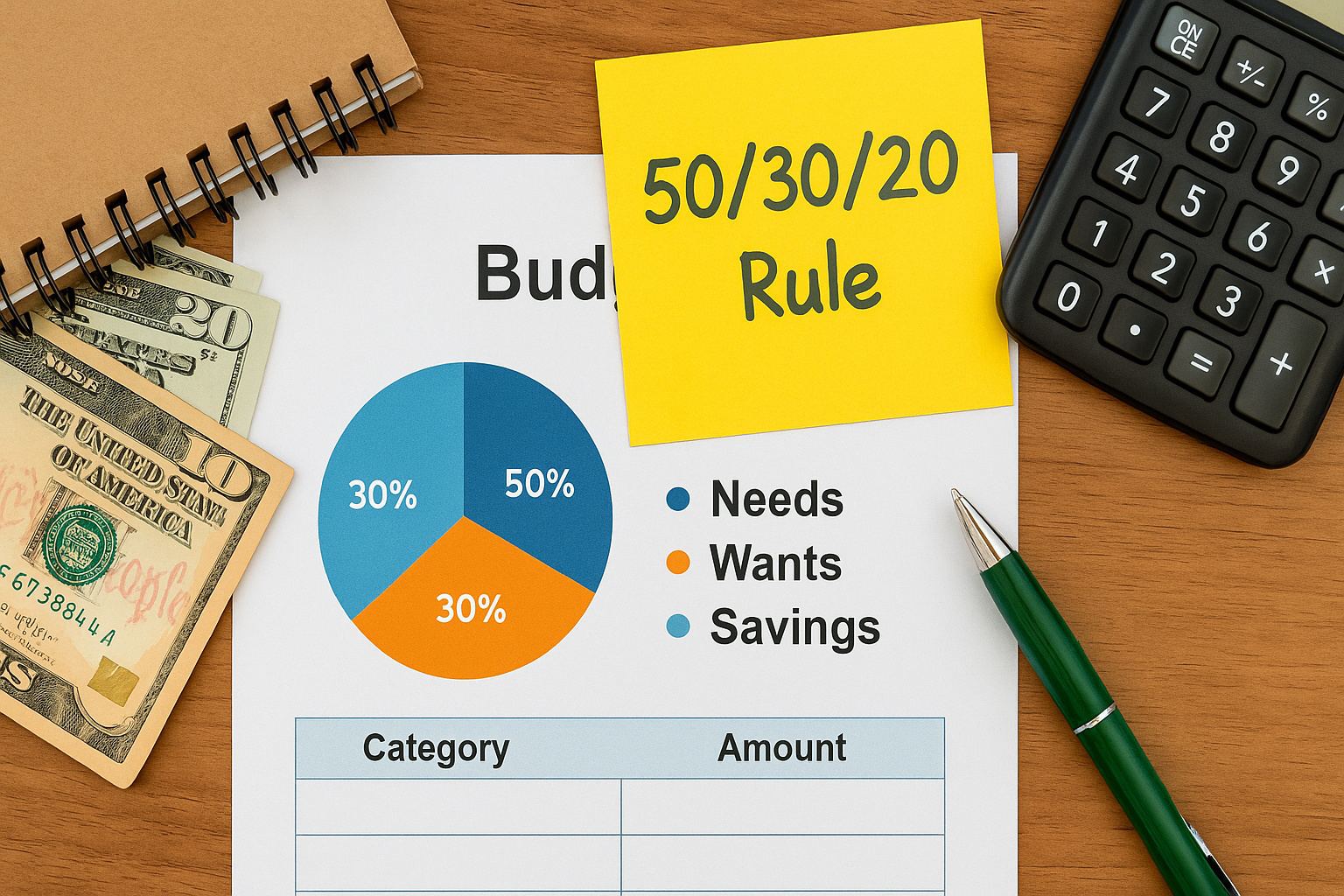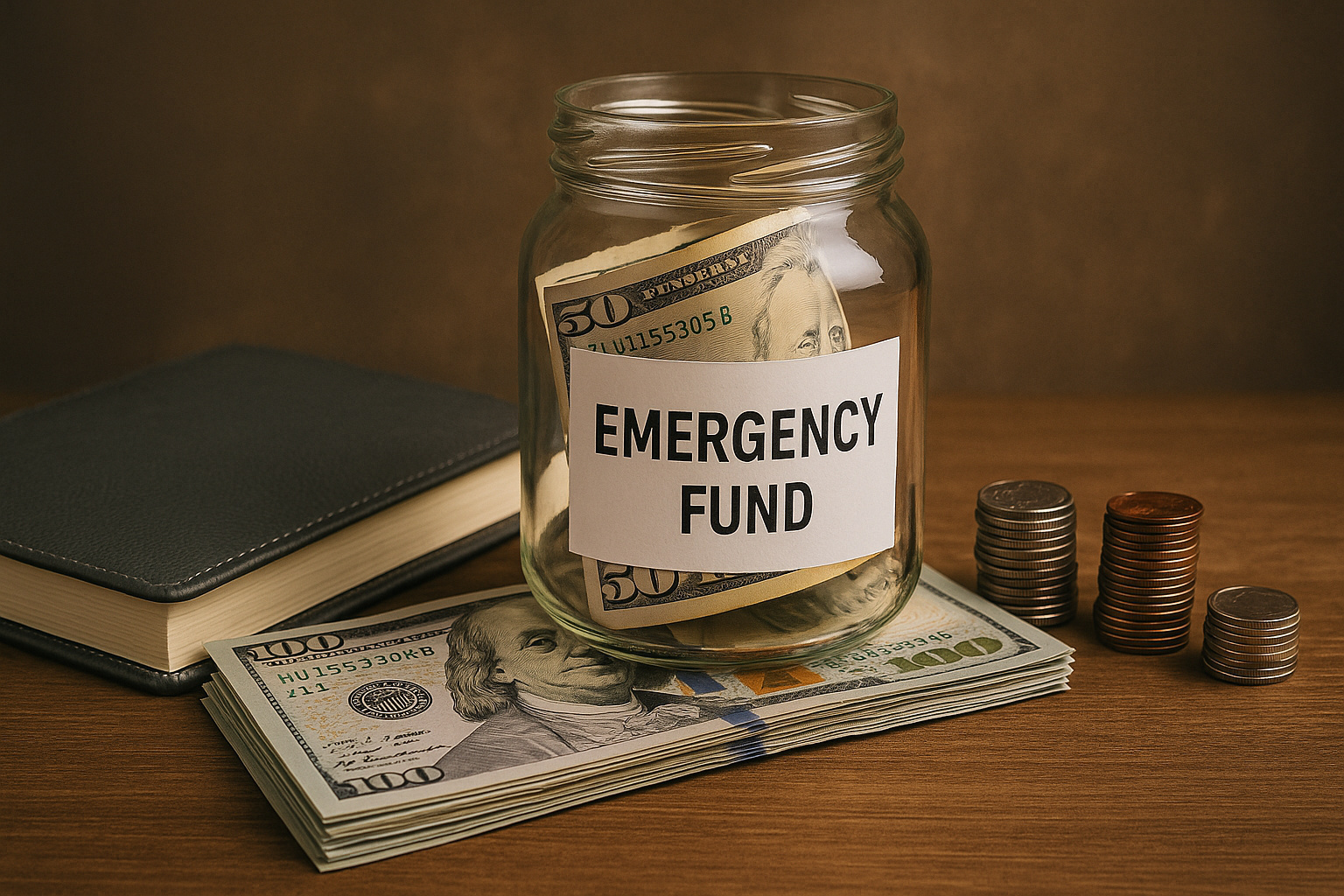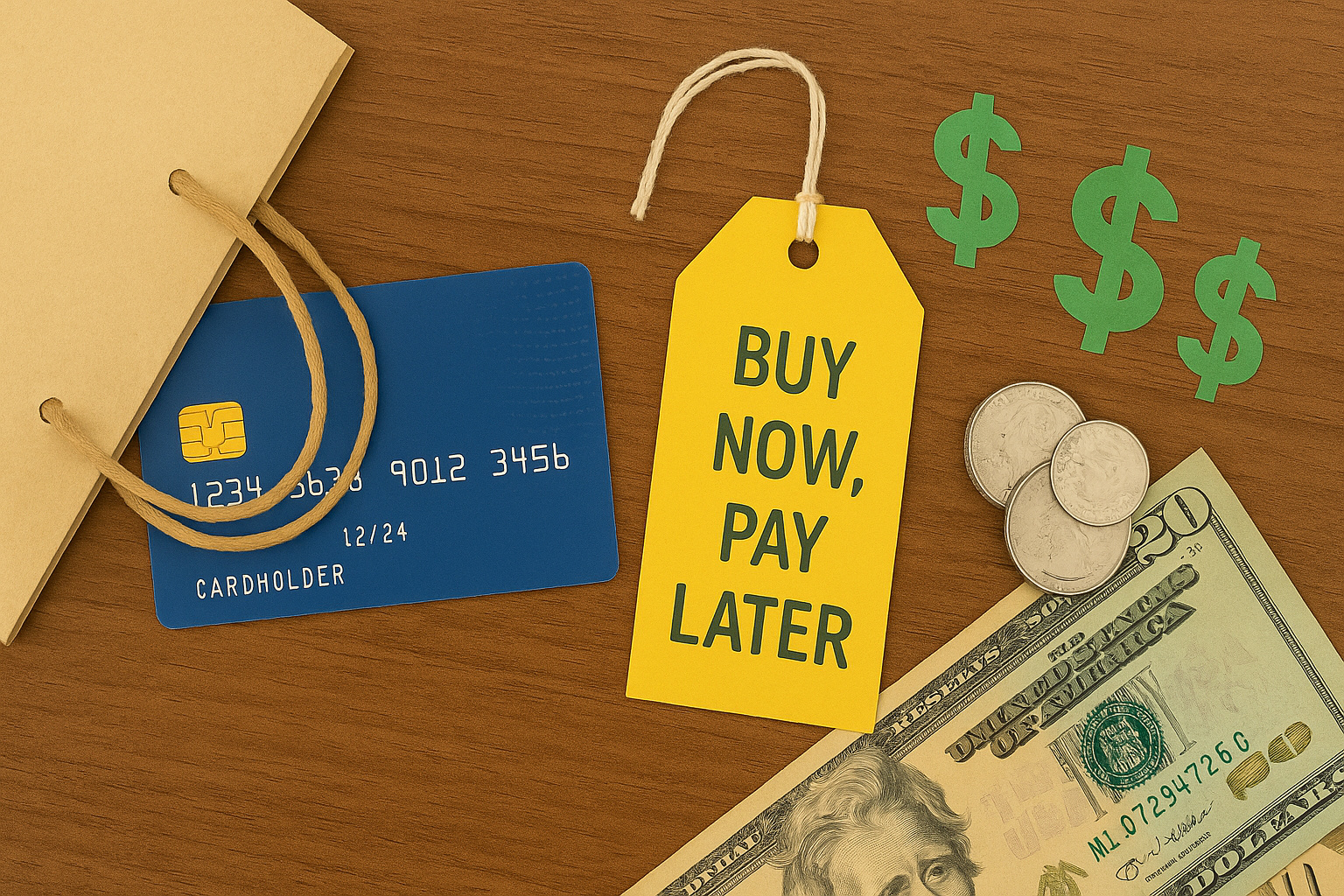
In recent years, Buy Now, Pay Later (BNPL) options have surged in popularity, providing consumers with a seemingly hassle-free way to acquire goods immediately and pay over time. As we move into 2025, the landscape of BNPL is more pivotal than ever, intertwined deeply within digital shopping experiences. This model offers the allure of manageability and convenience, breaking down purchases into smaller, more digestible payments. However, it also raises concerns about its potential to become a debt trap for unwary users. This article aims to dissect the mechanisms of BNPL, highlighting its benefits and risks, and provides a careful guide on how to navigate this modern payment trend responsibly.
Understanding how BNPL works is crucial for any consumer considering this payment option. Typically, a BNPL service allows you to purchase an item online or in-store and split the total cost into smaller, interest-free installments. While this sounds advantageous, it's important not to overlook the potential for late fees, impact on credit scores, and the temptation to overspend because of perceived affordability.
Choosing the Right BNPL Service: To select an appropriate BNPL service, you should:
- Evaluate the interest rates and fees: While many BNPL plans boast no interest, this often comes with caveats, like penalties for late payments which can be steep.
- Look for transparent terms and conditions: Good BNPL services provide clear, straightforward terms that are easy to understand, helping you to avoid any hidden catches.
- Check for effects on your credit score: Some BNPL services may report your payment history to credit agencies, which can either help or hurt your credit score based on your payment reliability.
Understanding Maintenance and Ownership Costs: With BNPL, it's not just about the initial transaction. You need to be mindful of ongoing commitments:
- Tracking payments: Ensure you have a strategy for keeping up with installment dates to avoid surprise charges or damaged credit.
- Long-term affordability: Consider whether the repayment schedule fits realistically within your monthly budget, beyond the immediate allure of acquisition.
By being informed and cautious, you can leverage BNPL for your benefit without falling into a financial pitfall.
In closing, BNPL options offer convenient ways to manage cash flow, but they also necessitate careful consideration to avoid financial strain. Before opting for BNPL, assess the service's transparency, financial implications, and your ability to meet payments punctually. This approach will help you make the most of the benefits while sidestepping potential drawbacks. Practicing mindful purchasing and staying informed are your best defenses against falling into a debt trap disguised by convenience.
